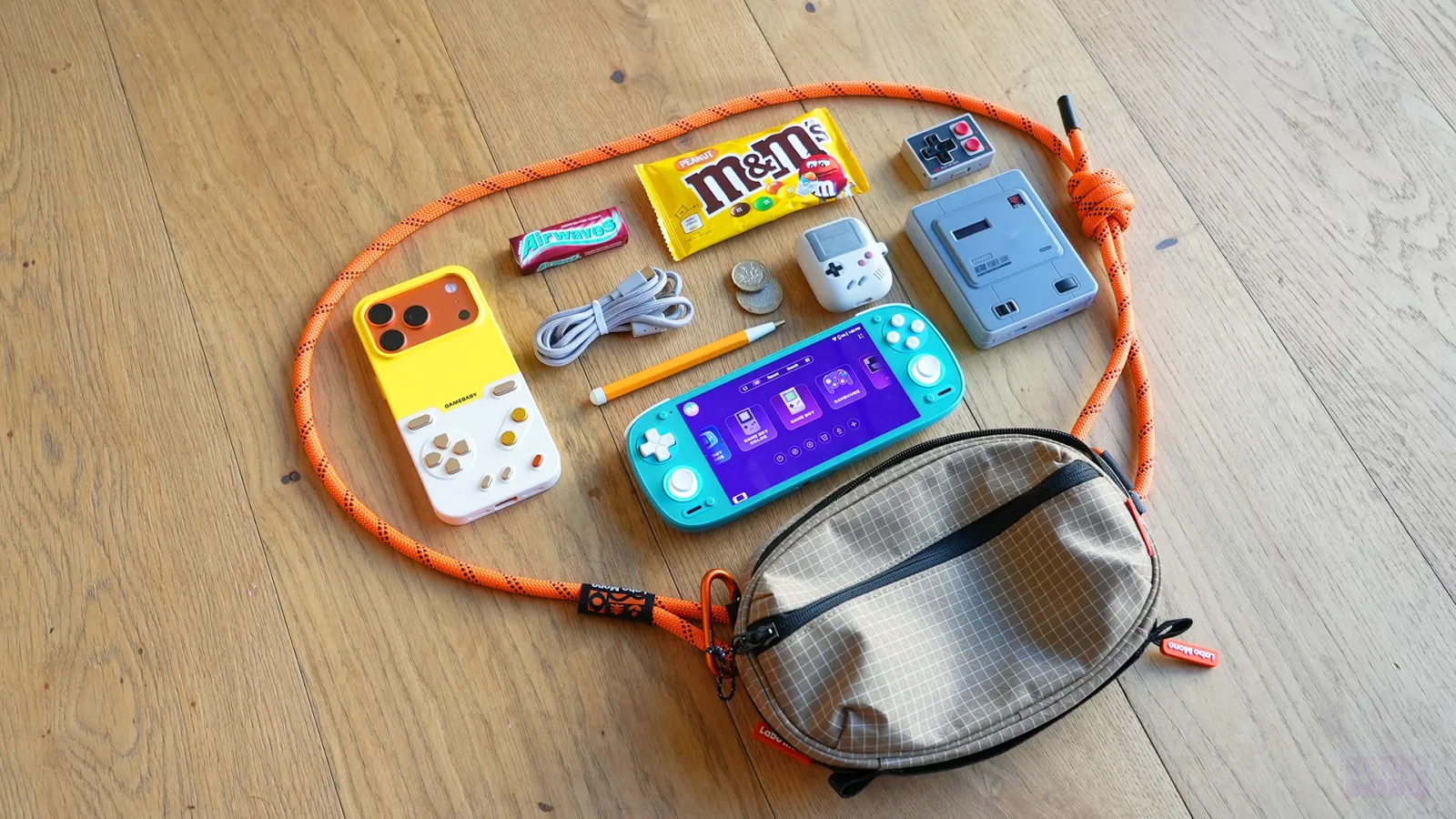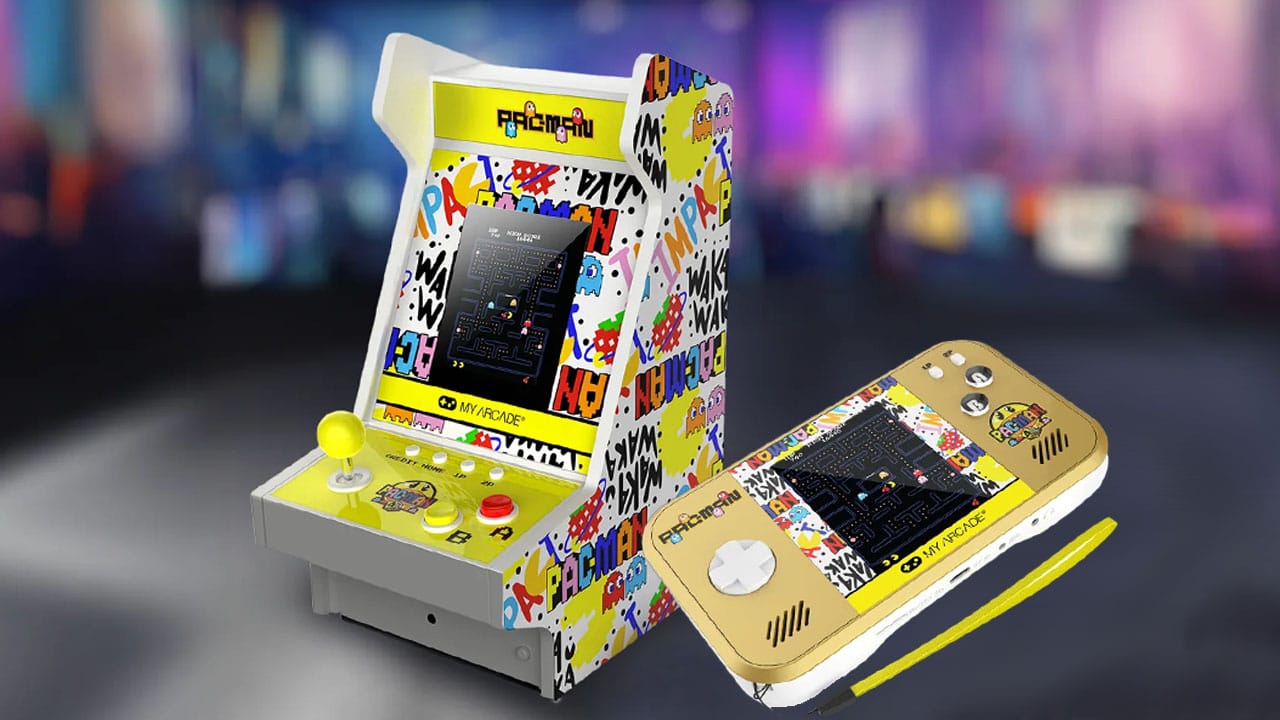The Waveshare GPM280 is the latest edition to the ever growing retropie handhelds list. China have always taken the design of previous popular handhelds such as the Gameboy to help with the sales of their handhelds.
But now that the retro handheld scene is growing in popularity every day, many gamers tend to stay clear from these “clones” because most of the time, they’re pretty awful. This has had a knock on effect and the Chinese retro handheld market have had to adapt and for once innovate over the last 12 – 24 months.
Waveshare doesn’t give a crud, and still wants a slice of the “clone” pie. They have recently revealed their new Waveshare GPM280 handheld, that looks exactly like the infamous Gameboy Micro.
But Waveshare isn’t going down the traditional route of cheap, crappy operating systems and hardware. Instead they’ve chucked a Raspberry Pi CM3 Module inside to help with your retro gaming needs.
Waveshare GPM280 Specifications
- Compute Module 3+ Lite
- 1.2 GHz quad-core ARM Cortex-A53
- 1 GB RAM
- 2.8″ IPS Screen (640 × 480)
- Fully laminated toughened glass screen panel
- 1500 mAh Battery
- WiFi
- 32GB SD Card
How Does The Handheld Look?
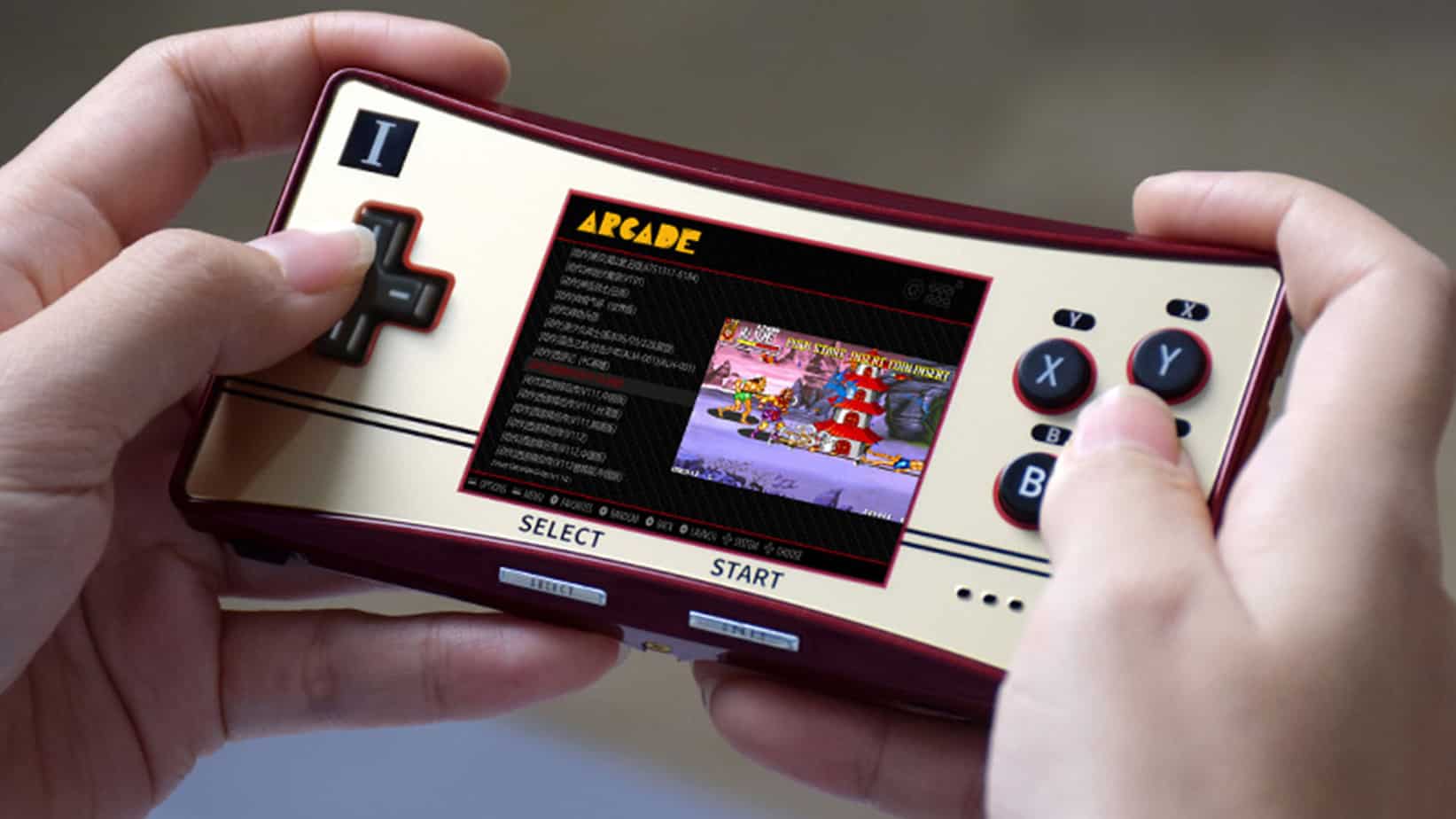
Well, you can be sure Nintendo might be knocking on their door fairly soon, but that’s not going to stop them from trying to sell as many of these as possible.
The Waveshare GPM280 looks near identical to the Gameboy Micro Famicom Edition, which collectors of rare Gameboys will know, doesn’t come cheap!
It has the Famicom logo at the top left, the DPAD even has the white line detailing on it, the start and select buttons even light up to indicate battery life and it even has the gold Famicom faceplate.
The only real difference on the face of this retro handheld is the screen and the addition of two new action buttons. On the bottom, unfortunately, you will not find any cartridge slots, but you will find a SD card slot, your on/off button and a headphone jack.
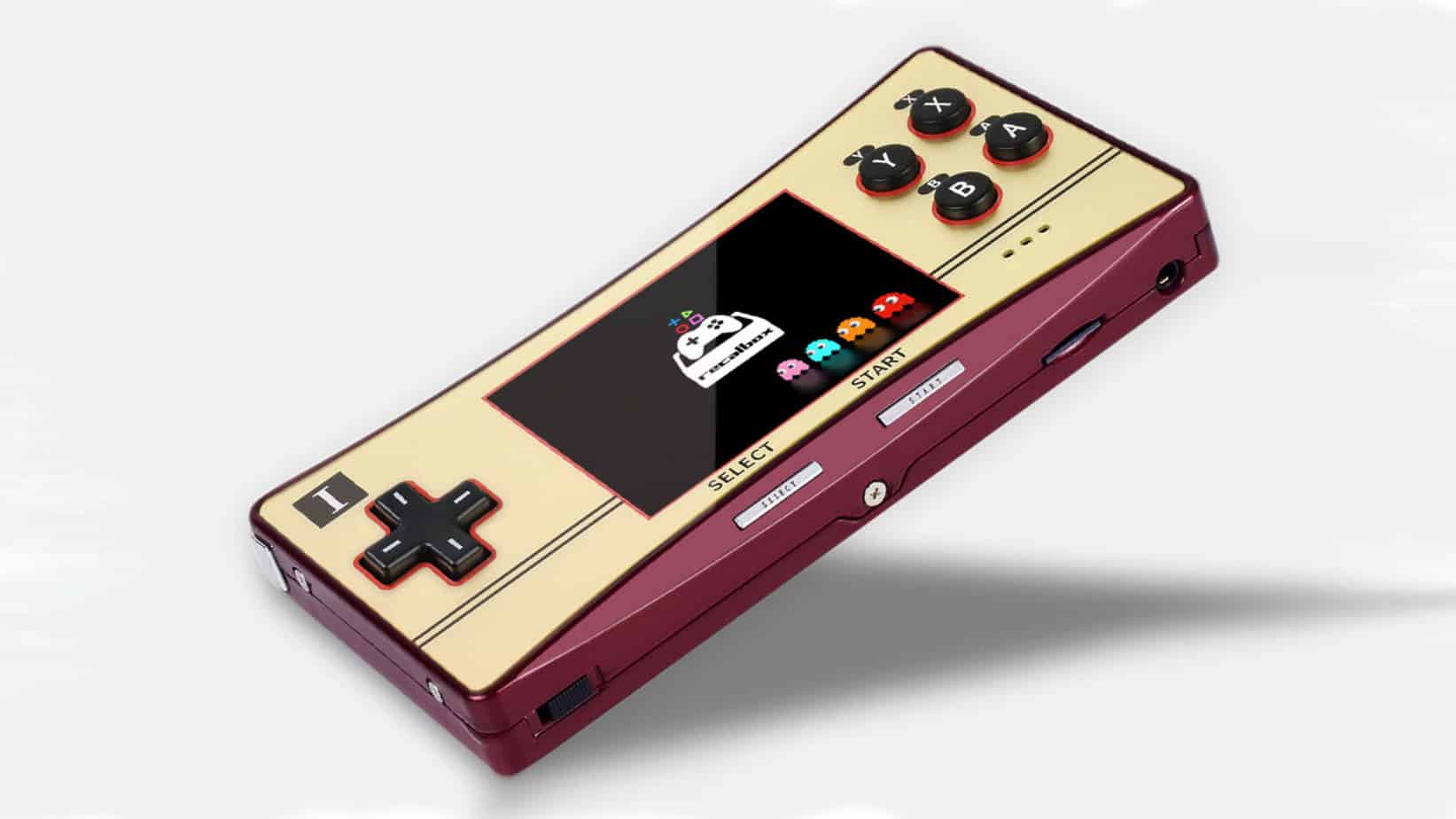
The Waveshare GPM280 has also gone for a red shell, to rub even more salt in the wound. On the top you will find two shoulder buttons and a Micro-USB slot for charging. They haven’t even gone for the basic USB-C slot, for reasons we can’t understand seeing as this is a handheld being released in 2021, not 2016.
On the back there’s nothing apart from ventilation for air flow, because as we all know Raspberry Pi’s like to get a little warm.
The Waveshare GPM280 is slightly bigger than a Gameboy Micro. The screen is 2.6″ on the GPM280, whereas on the original Gameboy Micro its just 2.0″. And this has a nice glass panel across the front which adds a premium touch.
It most likely weighs more than the Gameboy Micro too, seeing as it’s bigger, has a larger battery and a bigger shell. Many may say this is more comfortable than the Micro, and we could probably agree. Don’t get us wrong the Gameboy Micro is great, but its not one for long gaming sessions, whereas this is.
What Can The Waveshare GPM280 Emulate?
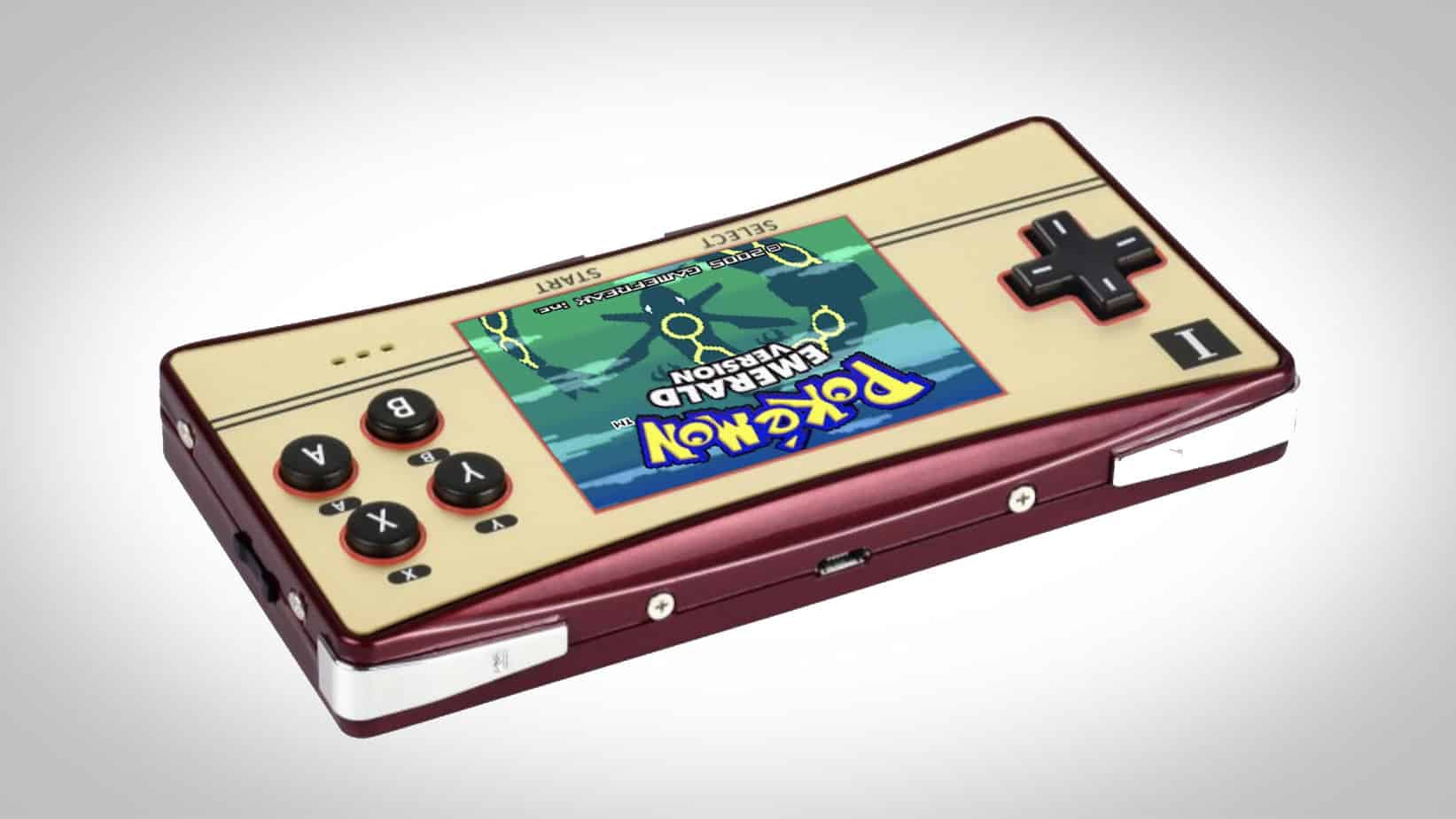
The consoles we have listed below are what we think this could emulate, Waveshare has not advertised what it can do, but from our experience with CM3+ Lite modules, it can emulate the following:
- Gameboy
- Gameboy Color
- Gameboy Advance
- CPS
- Sega Master System
- Sega Mega Drive
- Nintendo 64 (not big 3D Games)
- NES
- PC Engine
- PSP (not big 3D Games)
- PS1
- Super Famicom
- ATARI
- Neo Geo
- Neo Geo Color
- Sega 32X
- Sega CD
How Well Does It Perform?
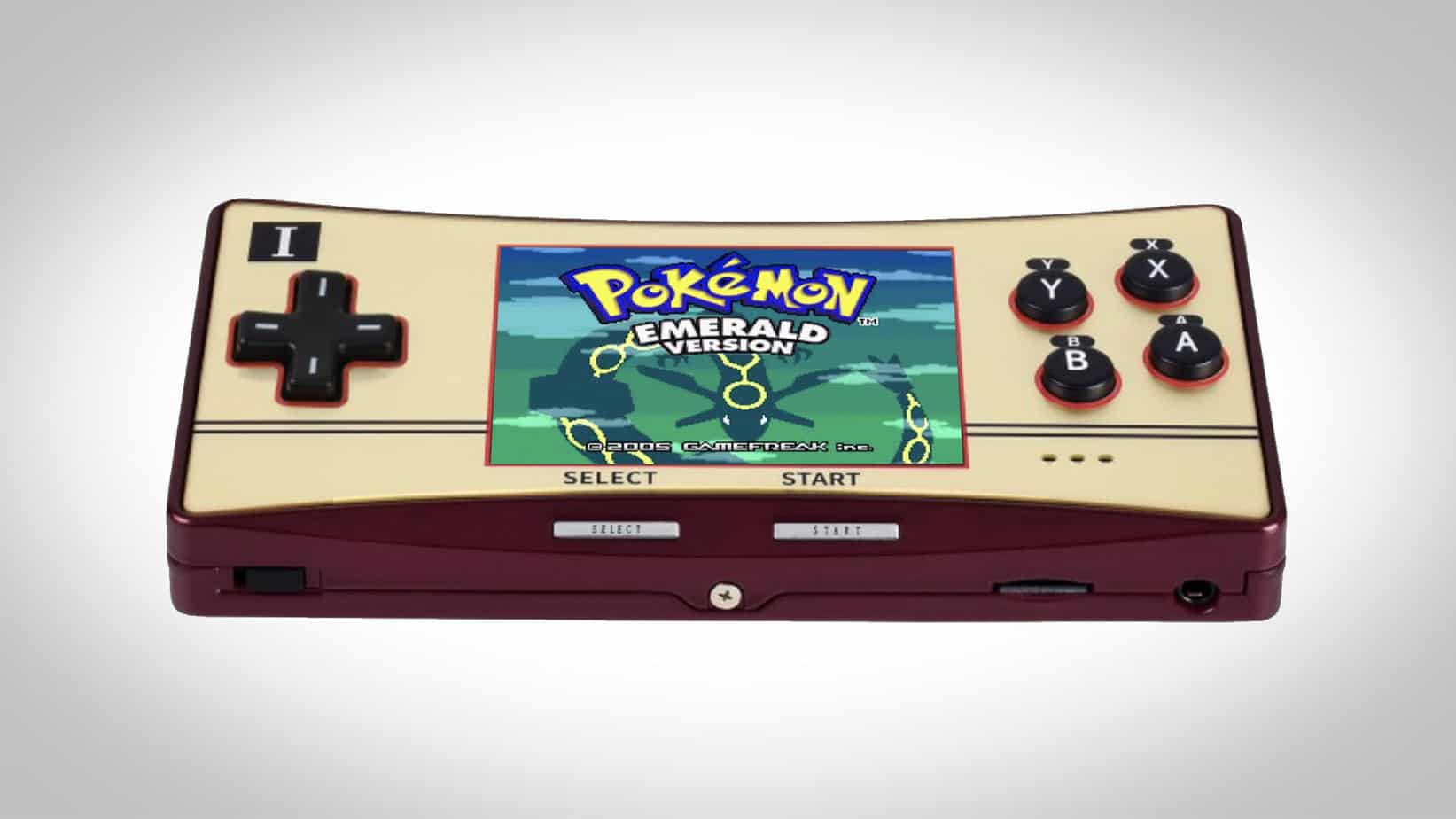
In all honesty we don’t know. As of writing this we currently have one on the way which we picked up from AliExpress. This is an expensive handheld, coming in at $150.
This isn’t something we typically buy. For $150 this has a price tag that competes not only with the RG351M, but also with the far more powerful PiBoy DMG.
These are some of the best retro handhelds around, so coming in with a price tag like that makes us think there has to be something hiding under its sleeve, because if there isn’t then it’s going to be left in the dust like many other handhelds.
Like many other CM3+ Lite handhelds they perform fairly well, and are powerful enough to play the best Gameboy Advance games, but it struggles when you want to start playing your best Dreamcast games. It caps out at 3D N64 games.
For a handheld at $150, it has the same emulation power as something half the price, for example the Retroid Pocket 2.
It will be running some form of RetroPie, making it easy to use for beginners and retro gaming enthusiasts. Heck, seeing as they’re stealing the design, it’s most likely this thing will come packed with ROM’s too.
We will update this article with more information when we receive it and be sure to come back when we finish our full review in a couple of weeks. For now you can see it for yourself by clicking here which will take you to the AliExpress page.





